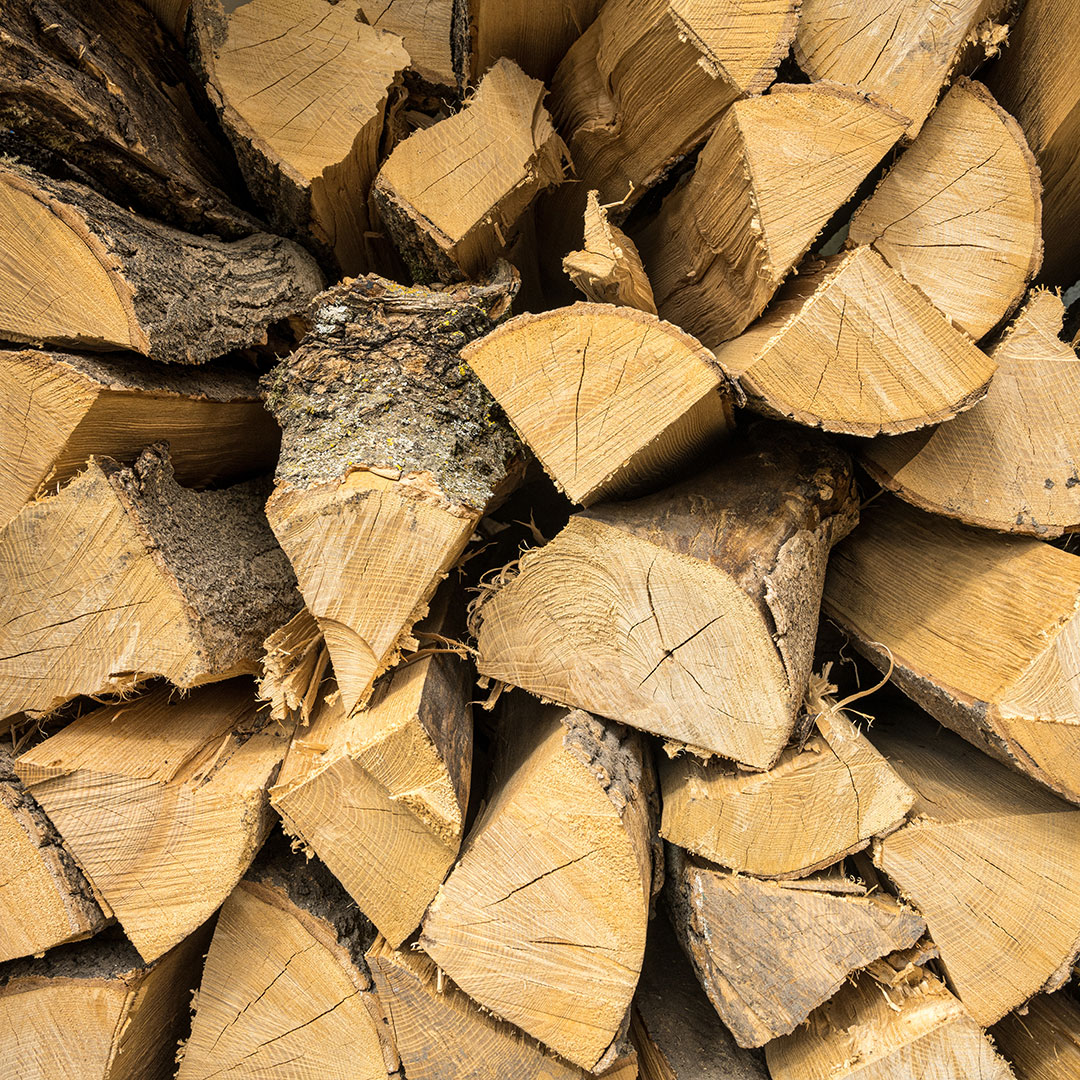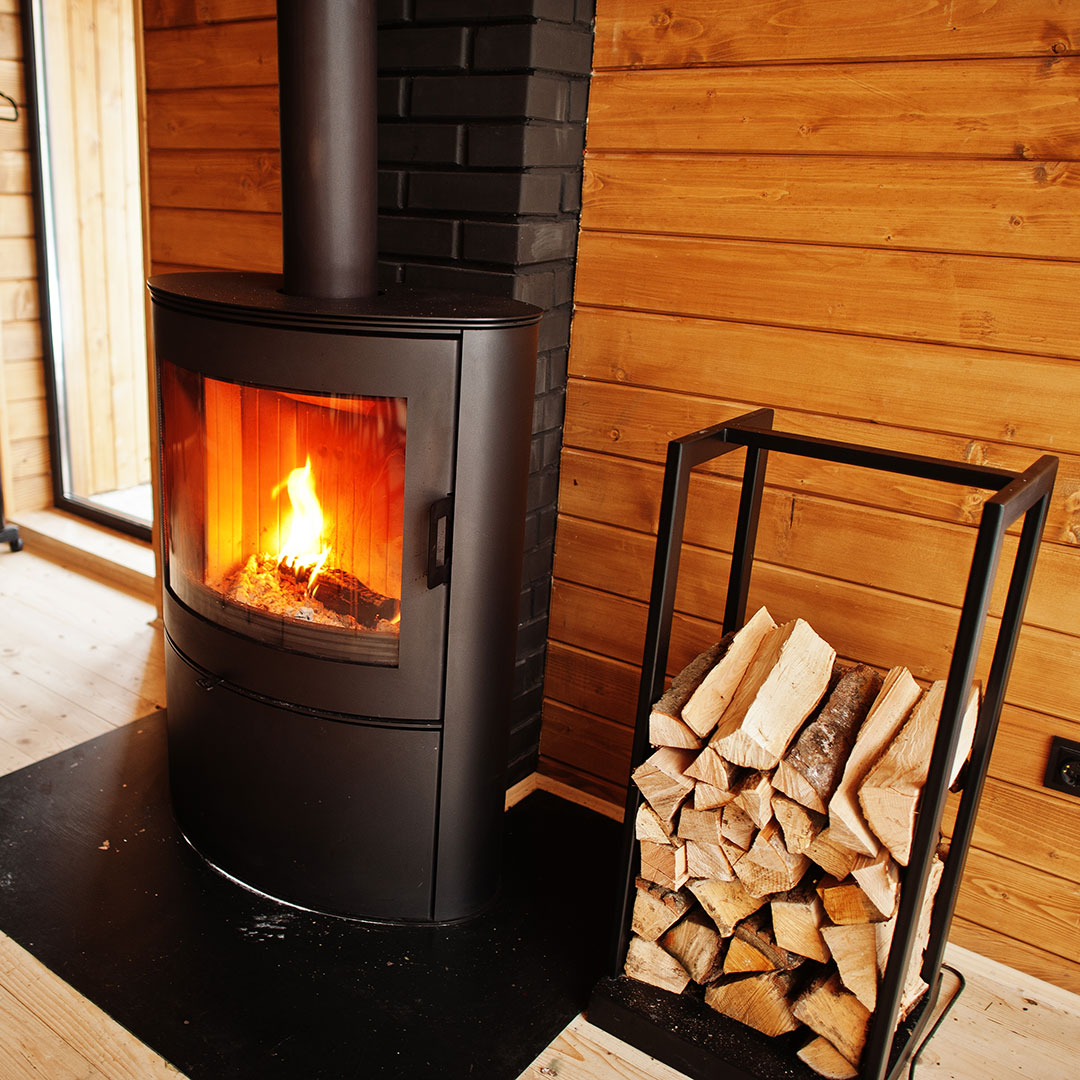- PENSACOLA SHOWROOM: 7555 Highway 98 West, Suite A, Pensacola, FL 32506
- DESTIN SHOWROOM: 36054 Emerald Coast Pkwy #100, Destin, FL 32541
With the arrival of October and all the things we love about Florida in autumn. Football, Halloween, Thanksgiving, and, of course, cooler nights. With a bit of a nip in the air, you are probably thinking about using your fireplace, which is only natural. But before you light the first fire of the fall in your hearth, you should know the best and worst types of woods for your fireplace. Some types of wood burn better than others, and some are even hazardous to your health. Let’s read more on this informative and important subject.
 What Wood Burns Best?
What Wood Burns Best?Oak is a dense hardwood widely known for its lengthy burn time. Because of its density, it has more mass to burn, which means hours of enjoyment for your family. Oak also produces less creosote. Why is that important? Because creosote is a sticky and flammable substance that can cling to the inside of your chimney and ignite under the right conditions, putting your home and family in danger. With oak, the risks are minimal when the wood is well-cured. You can see why oak is popular and the first wood on our list.
Maple is another wood with a density that allows it to burn hotter and longer. When seasoned properly, it gives off a consistent heat, making it a favorite choice for fireplaces and wood stoves. Maple’s pleasant scent enhances a fire’s ambiance when burned. Maple also produces fewer sparks, which makes it a safer burn.
Ash doesn’t contain a lot of moisture, making it easier to ignite. Like oak, its dense structure provides a steady burn and consistent heat. It also lights easily and quickly. It has minimal creosote output, which minimizes the risk of chimney buildup and fires. Even though ash is easy to ignite, you should use ash that has had time to cure.
Never, ever burn chemically treated or painted wood in your fireplace. Why? Burning chemically treated or painted wood can release toxic fumes. The same chemicals can also produce carcinogens when burned, increasing the risk of health issues over time. In addition, burning treated wood can result in a greater buildup of creosote in chimneys, increasing the risk of a chimney fire. Finally, many chemicals used in treatments and paints are not meant to withstand high temperatures and can damage your fireplace.
Pine contains high amounts of sap, which can cause creosote buildup in your chimney’s flue, raising the risk of a chimney fire when not regularly cleaned by a qualified chimney sweep service. Also, when burned, pine often pops and throws sparks, which can be a fire hazard. Its high resin content can also lead to black-sooty smoke, lowering the air quality in the room. It’s true that pine can ignite easily, but it burns fast, generating less consistent heat when compared to hardwoods.
Burning poplar in your fireplace can lead to excessive creosote buildup in your chimney due to its wetness. Being full of moisture can increase the risk of chimney fires if not regularly cleaned by a chimney sweep service. Additionally, poplar produces a lot of smoke and doesn’t offer a high heat output. Poplar’s quick and inefficient burn also means more frequent reloading, making it inconvenient concerning consistent warmth.
The type of wood you burn in your fireplace significantly affects the ambiance, efficiency of burn, and safety. Choosing the right hardwood to burn can give you peace of mind as well as enjoyment. Knowing that your family is safe is worth any minimal extra cost for the right hardwood.

Another thing to consider before you light your first fire is the condition of your fireplace and chimney. If it has been more than a year since your last chimney inspection and cleaning, then you should schedule one right away. It’s imperative to have your chimney inspected for structural damage that could start a house fire and to have a thorough cleaning to remove creosote.
If you have questions about what type of wood to burn in your fireplace or if it has been a while since your fireplace and chimney were cleaned and inspected, call us at 850-243-0154 in Destin and 850-477-1151 in Pensacola or contact us online. We can schedule a team of fireplace and chimney experts to inspect and clean your fireplace so you can get optimal enjoyment from your fireplace this fall.